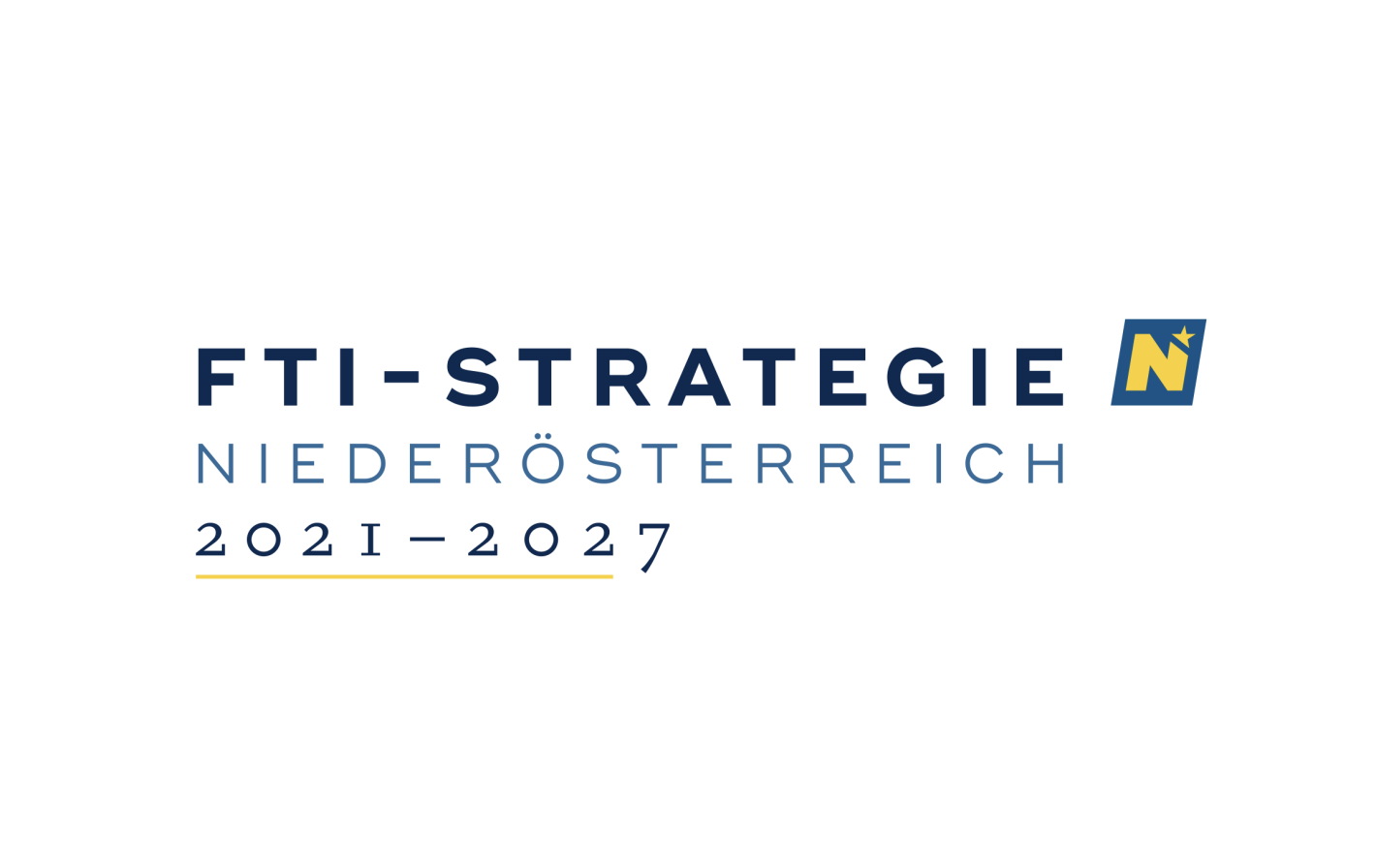Reproducible label-free surface-enhanced Raman Spectroscopy, SERS, for Diagnostics of Melanoma (Ra-Dia-M)

Lead partner:
Fachhochschule Wiener Neustadt
Scientific management:
Katerina Prohaska
Additional participating institutions:
IMC Hochschule für Angewandte Wissenschaften Krems
Universität Salzburg
Ludwig Boltzmann Institut für Osteologie
Field(s) of action:
Health and nutrition
Scientific discipline(s):
3040 - Medizinische Biotechnologie (35 %)
1020 - Informatik (25 %)
1060 - Biologie (25 %)
1030 - Physik, Astronomie (15 %)
Funding tool: Basic research projects
Project-ID: GLF21-1-019
Project start: 01. November 2022
Project end: 31. Oktober 2026
Runtime: 48 months / ongoing
Funding amount: € 299.441,00
Brief summary:
With as many as 14 million new cases each year and accounting for over 8.8 million deaths
around the globe, cancer is considered to be one of the most threatening diseases. There is a
prominent driving force to develop efficient workflows and tools for faster and more accurate
diagnosis. Detecting cancer at its earliest stages often provides better prognosis for recovery.
The state of each cell is assessed by the distribution and composition of proteins, lipids and
nucleic acids in the cell interior, including the individual organelles. It is important to monitor
both, the changes in the overall picture and changes based on specific molecules. It has been
observed that certain epigenetic changes, such as DNA methylation, and metabolic
alterations, can contribute to the development of cancer, and thus recognized as potential
additional biomarkers for diagnosis. Metabolites such as succinate, fumarate and 2-
hydroxyglutarate act as oncogenic signals (oncometabolites) and are therefore suggested to
be used as biomarkers for monitoring cancer. Our goal is to investigate epigenetic and
metabolic changes of melanoma cells (stage I-IV) and compare these with primary
melanocytes and other cell types in skin (fibroblasts, keratinocytes).
The surveillance of biomarkers is limited due to low reproducibility and accuracy of the
monitoring methods. Surface-enhanced Raman Spectroscopy (SERS) allows the
measurement of the current cell state and therefore serves to assess the effectiveness of a
therapeutic treatment. SERS possesses the potential to investigate metabolic changes in
single cells without additional labelling. It further enables the mapping of metabolic changes at
the level of organelles, and the discovery of novel biomarkers. A systematic analysis of the
sample application onto signal amplifying nanostructured material will be performed to
optimize SERS for the biological systems.
This project aims to contribute to two major fields of fundamental research: i) the
implementation of innovative SERS materials in preventive cancer monitoring by identification
of preferably universal biomarkers, and ii) the digitalization of the workflow and translation of
high-level data acquisition into clinical routine for reliable data interpretation. Systematic data
processing of the acquired spectra will allow the identification of spectral regions decisive for
differentiation between the cell conditions.
In summary, the analysis of the content of the main components (proteins, lipids, sugars,
nucleic acids), oncometabolites and DNA methylation patterns using optimized SERS will
provide a comprehensive picture of melanoma cells and is therefore a promising investigative
tool that can assist diagnosis and treatment evaluation in cancer.
Keywords:
Surface-enhanced Raman Spectroscopy, SERS- Innovation, Cell Biology, Bioinformatics, Chemometrics, Digitalization, Cancer in-vitro Diagnostics, Prevention, Melanoma, Metabolomics

